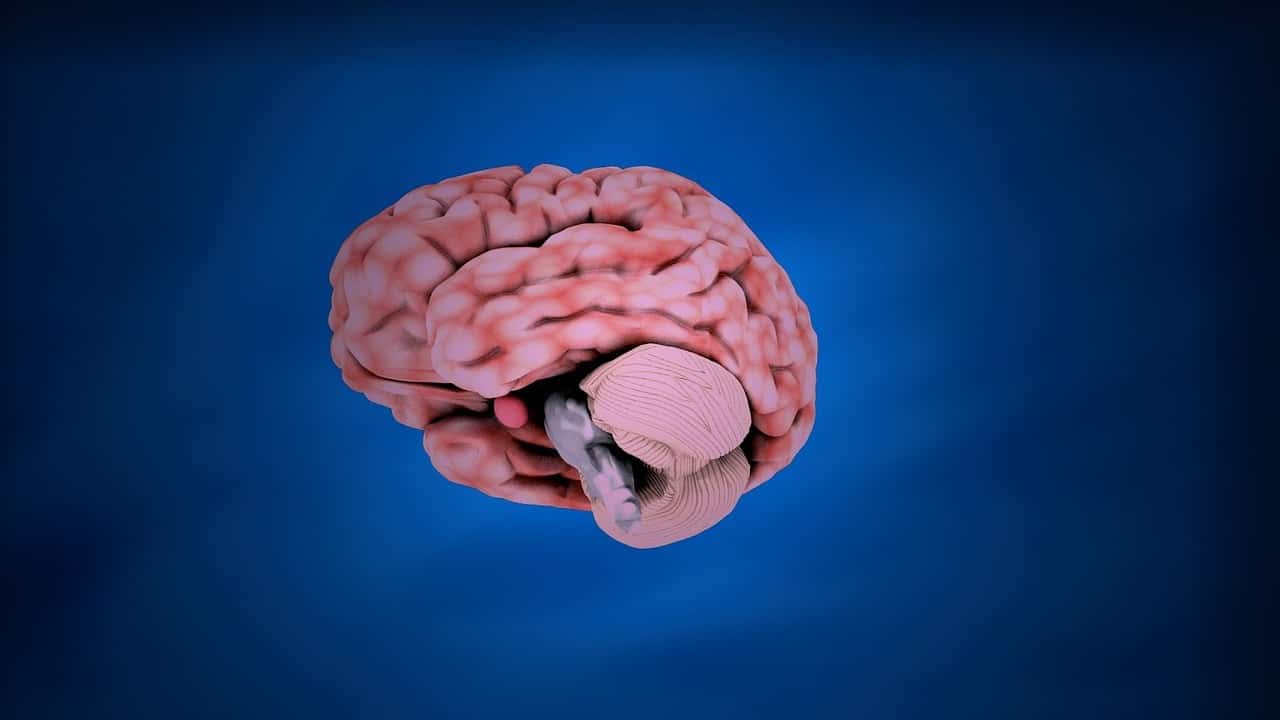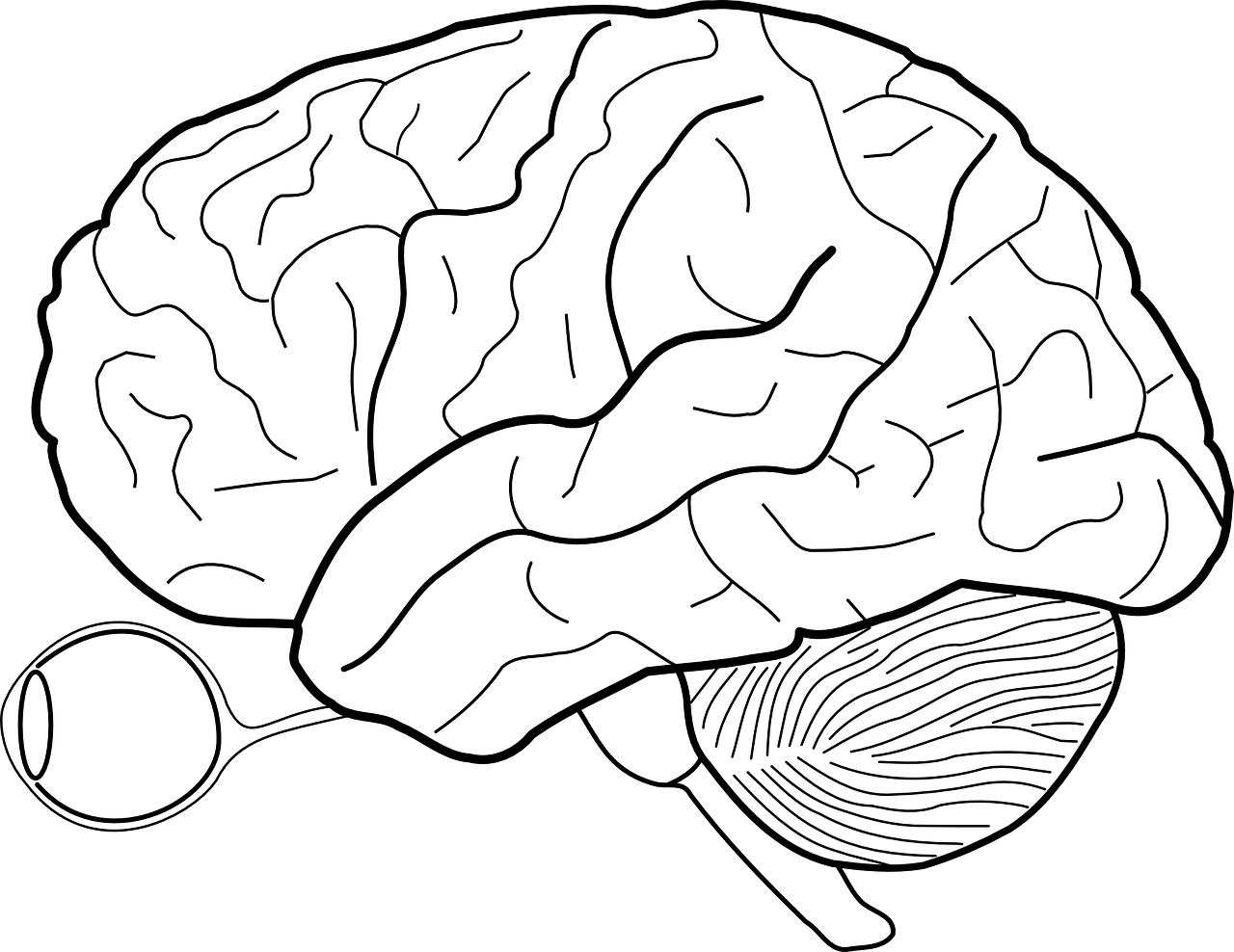
A nervous center in the brain is called the cerebellum.
The cerebellum is a nervous center of the brain . It is located in the posterior region of the skull fossa and below the occipital lobes of the brain .
The main function of the cerebellum (whose name comes from the Latin cerebellum ) is to promote the integration of the neurons responsible for sensitivity and movement. The instructions that reach the musculoskeletal system from the cerebral cortex are therefore controlled by the cerebellum. This causes an injury to this nervous center to generate disorders linked to motor skills and balance.
It is important to note that motor skills are not the only function that the cerebellum regulates. Learning , cognition abilities, attention and even language are also linked to this organ , which houses about 50% of the brain's neurons, although it only occupies 10% of its volume.
The cerebellum and the central nervous system
It should be noted that the brain (which is protected by the skull ) and the spinal cord (the vertebral column is responsible for its protection) constitute the so-called central nervous system .
In this system, the cerebellum fulfills important functions, as we have already detailed.

The cerebellum is located below the occipital lobes of the brain.
cerebellar syndrome
Known as cerebellar syndrome , on the other hand, is a lesion that affects the entire surface, or a large part of it, of the cerebellum. This disorder , according to its characteristics, can be divided into:
- Cerebellar Vermis syndrome : since the flocculonodular lobe is compromised, there are signs and symptoms related to the system responsible for balance and spatial control, which is called vestibular . Its influence produces a lack of muscular coordination that exclusively affects the head and trunk. It is very common that those who suffer from it tend to fall forward or backward and have difficulty keeping their head still and in an upright position, which can also occur with respect to the trunk;
- Cerebellar hemispheric syndrome : the origin of this variant of the disorder can be a tumor or the temporary or permanent decrease in blood flow to a cerebellar hemisphere . The key points are the movements of the arms and legs, which are broken down and appear disordered and incoherent. It is also common for the body to tend to fall towards the side where the injury is located.
Lesions of the cerebellum
Symptoms that reveal damage to the cerebellum include:
- Hypotonia : which means that muscle tone is less than normal. It can be explored by moving the forearms to try to observe if the hands swing too much, or by using a rotating device so that the patient stands on it and see if their arms move exaggeratedly, or through the patellar reflex, if the leg hangs for a while after the blow;
- Ataxia : it is the incoordination or alteration of voluntary movements. This can lead to exaggerated movements of the limbs, without correctly measuring the path necessary to get them to a certain point. The faster and more unexpected the action, the more noticeable the problem will be, as well as the breakdown of the movement in question. One of the phenomena within ataxia is called adiadochokinesia , which consists of complications in performing alternative movements quickly;
- Alteration in balance and gait : patients who suffer from this symptom feel instability that leads them to need to separate their feet to maintain balance. Oscillations when walking are common, as if suffering from dizziness, and deviations occur towards the side of the injury ;
- Intentional tremor : which appears at the beginning of a movement and takes place in the proximal part of the limb, that is, just before its extreme point. To detect it, the patient can be asked to touch their nose with their finger or drink a glass of water.
